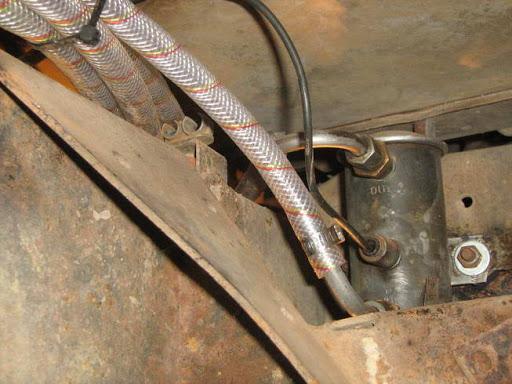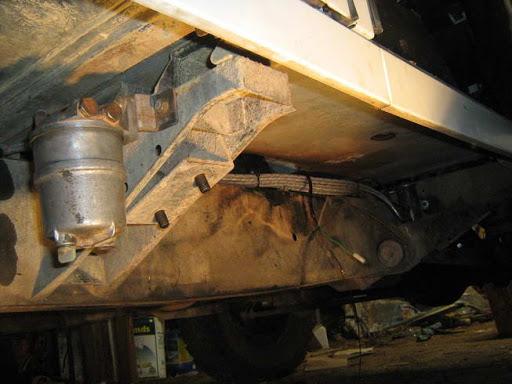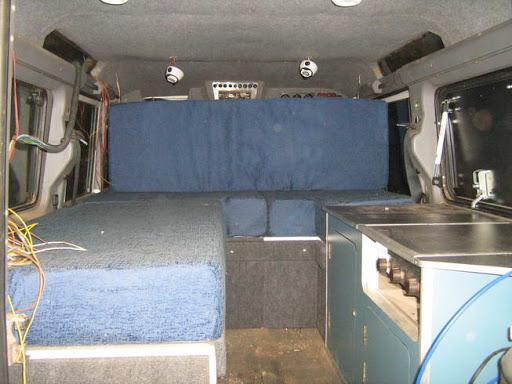There's a fine line between bravery and stupidity, and I'm still not too sure which side of that line I stand. But how and ever....
Decided to finish off the diesel side of the fuel system a few days ago and see if the old girl would still turn over. Plumbed up the new fuel lines to the electric fuel pump, and wired it up. As it stands, the pump, via a relay, comes on when the ignition is turned on, and turns off when the ignition is turned off. When the vehicle is switched to SVO, the fuel pump relay is also disengaged. This setup works, and indeed is the setup used in many older cars, but ideally (and I'll be looking into doing this), I'd like the fuel pump to be run through an oil pressure switch, as currently I can't leave the ignition turned on while parked without risking damage to the pump. But it will get me out of trouble for now.

It wasn't until this stage that I realised I didn't have a fuel sedimenter for the second tank. While strictly speaking it's not essential, considering the strong possibility of fuel contaminated by water in other countries, I knew that I would feel better if I had one fitted. While I had a Toyota sedimenter sitting on the shelf, in the interests of keeping everything Land Rover, and standard, I decided to hold out and see if I could get a stock sedimenter somewhere. For now I have taken the sedimenter from the rear stock tank, but I'll replace it as soon as I get another.
Before I fitted the sedimenter in its new home, I gave it a quick clean, or what I thought would be a quick clean. Holy crap! Literally. If you haven't cleaned out your sedimenter lately (or ever), then the following pics will scare the bejesus out of you.

That can't be good... lets drain out the water and see what's in there....


I guess I can take solace in the fact that all that crap is in the sedimenter, and not being forced into the injector pump, and it's just re-enforced my decision to have a sedimenter on each tank.
Just a wee bit cleaner than before....

The sedimenter in it's new location. I made up a mounting bracket that utilises existing holes in the chassis (no drilling), and the sedimenter is bolted to this. In the background you can see the fuel pump, and the fuel lines (two for the front tank, two for the rear) running along the chassis rail.

Cables for the fuel tank sender. The rubber or cork gasket used for the sender means you aren't guaranteed a good earth through the tank, so IMHO it's worth running a ground line back to the chassis to ensure trouble free readings.

Tank all mounted and plumbed in. Just need to run some 40mm line from the tank to the filler, and shes good to go. The angle of this photo makes the tank appear to be hanging much lower than it is - in reality it's sitting at the same level as the bottom of the chassis rail.



I'd like a good all rounder tyre really, and the XZY's seemed to be the ideal compromise in this respect.
Bookmarks